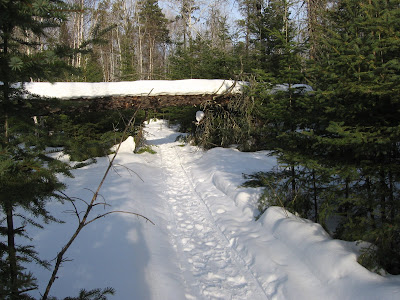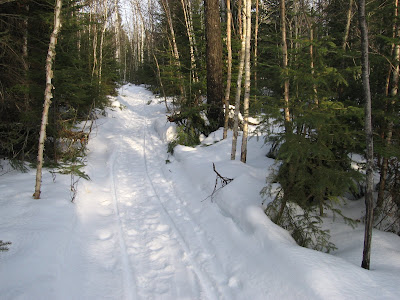 I'm still busy while travelling.
I'm still busy while travelling.However, I came across this interesting piece by Henry Blodget, referenced on Jim Sinclair's website.
What Mr. Blodget points out very succinctly is that the next stage of taxpayer-funded government bailouts of the financial industry will be a great boon to the banks - if you are concerned about the real value of their assets, as Mr. Geithner is.
 The problem is that the bank's books are shrouded in level upon level of fantasy. While Mr. Geithner's plan may potentially aid the banks - in terms of their real asset value - it removes their next layer of protective camouflage - and that could send them into Chapter 11, as the actual situation of the banks remains more problematic than has even yet been revealed.
The problem is that the bank's books are shrouded in level upon level of fantasy. While Mr. Geithner's plan may potentially aid the banks - in terms of their real asset value - it removes their next layer of protective camouflage - and that could send them into Chapter 11, as the actual situation of the banks remains more problematic than has even yet been revealed.What is the next layer of fantasy to be uncovered?
 Banks are permitted to declare investments that they do not intend to sell as having asset values equivalent to their face value. Thus, the banks can declare these so-called assets at the prices at which they were originally written until forced to sell them at their maturity dates - at which time it is well known that the market will prove them to be of lesser worth.
Banks are permitted to declare investments that they do not intend to sell as having asset values equivalent to their face value. Thus, the banks can declare these so-called assets at the prices at which they were originally written until forced to sell them at their maturity dates - at which time it is well known that the market will prove them to be of lesser worth.Under the new Geithner plan, the banks could now be forced - through stress testing or through regulatory compulsion - to begin marking these "hold to maturity" assets at their real market value - that is - at values much lower than those now on the books.
 Uh oh! This is a major tear in the fabric of the years of "mark to fantasy" bookkeeping that have sustained the US banks (and their allied international brethren) in the "pretend game" of being profitable up until the present time. (Note that this game also allowed the banks to play the quite fun game of awarding hundreds of millions of dollars in bonuses to senior staff, etc.)
Uh oh! This is a major tear in the fabric of the years of "mark to fantasy" bookkeeping that have sustained the US banks (and their allied international brethren) in the "pretend game" of being profitable up until the present time. (Note that this game also allowed the banks to play the quite fun game of awarding hundreds of millions of dollars in bonuses to senior staff, etc.)When the banks tell us that their books are sound, it is this next layer of fantasy on which these seemingly reassuring statements are made.
 Legally, the banks have been able to make this claim --- until now, But Mr. Geithner's plan has the potential to explode this loophole.
Legally, the banks have been able to make this claim --- until now, But Mr. Geithner's plan has the potential to explode this loophole.The implication?
According to Mr. Blodget, there is "one small problem with Geithner's plan - it will bankrupt the banks!"
The following chart (see Mr. Blodget's article below) illustrates clearly the historically unprecedented debt levels of US consumers at present. Why is this important? The chart reaffirms that we are presently dealing with a debt crisis, not a liquidity crisis:
 Read all about it here.
Read all about it here.For the avid reader - additional links on the PPIP (Public-Private Investment Partnership):
- Dr. Housing Bubble.
- Finance Trends Matter.
- Geithner's Five Big Misconceptions (Blodget).
- Table summarizing high levels at which banks mark their toxic assets (when permissible).
- The "Ridiculous Marks" of Toxic Assets.












































